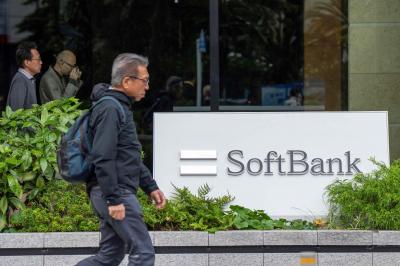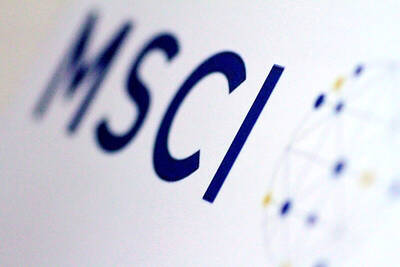India’s exports rose for the first time in 14 months as recovery in the global economy boosted year-end holiday demand for the South Asian nation’s products.
Overseas shipments increased 18.2 percent to US$13.2 billion in November from a year earlier after sliding an average 21 percent per month since October 2008, according to a trade ministry statement. Imports fell 2.6 percent to US$22.8 billion in November, resulting in the trade deficit narrowing to US$9.6 billion from US$12.3 billion a year ago.
QUICKEST PACE
A return to export growth may boost production at companies in India and bolster the revival in Asia’s third-biggest economy, which expanded 7.9 percent in the three months to Sept. 30 from a year earlier, the quickest pace in six quarters.
Some sectors have started showing signs of improvement. Overseas sales of Indian gems and jewelry jumped 54.8 percent to US$21.4 billion in November compared with US$13.8 billion in the same month a year ago, according to the Gem & Jewelry Export Promotion Council. Vehicle exports rose 25 percent in November from a year earlier, the Society of Indian Automobile Manufacturers said on Dec. 8.
STRENGTHENED
The Indian currency strengthened 4.8 percent last year to 46.5275 per dollar at the 5pm close in Mumbai on Thursday, according to data compiled by Bloomberg. That was the third-best performance among Asian currencies after Indonesia’s rupiah and the South Korean won.
The rupee gained as foreign funds raised their holdings of the nation’s stocks to a record as the benchmark Sensitive Index rallied the most in 18 years.The Indian stock market was closed yesterday.
Non-oil imports dropped 5.9 percent to US$16.5 billion in November from a year ago, while oil imports rose 7.3 percent to US$6.38 billion in the same month, the government report showed.

PERSISTENT RUMORS: Nvidia’s CEO said the firm is not in talks to sell AI chips to China, but he would welcome a change in US policy barring the activity Nvidia Corp CEO Jensen Huang (黃仁勳) said his company is not in discussions to sell its Blackwell artificial intelligence (AI) chips to Chinese firms, waving off speculation it is trying to engineer a return to the world’s largest semiconductor market. Huang, who arrived in Taiwan yesterday ahead of meetings with longtime partner Taiwan Semiconductor Manufacturing Co (TSMC, 台積電), took the opportunity to clarify recent comments about the US-China AI race. The Nvidia head caused a stir in an interview this week with the Financial Times, in which he was quoted as saying “China will win” the AI race. Huang yesterday said

Japanese technology giant Softbank Group Corp said Tuesday it has sold its stake in Nvidia Corp, raising US$5.8 billion to pour into other investments. It also reported its profit nearly tripled in the first half of this fiscal year from a year earlier. Tokyo-based Softbank said it sold the stake in Silicon Vally-based Nvidia last month, a move that reflects its shift in focus to OpenAI, owner of the artificial intelligence (AI) chatbot ChatGPT. Softbank reported its profit in the April-to-September period soared to about 2.5 trillion yen (about US$13 billion). Its sales for the six month period rose 7.7 percent year-on-year

Nissan Motor Co has agreed to sell its global headquarters in Yokohama for ¥97 billion (US$630 million) to a group sponsored by Taiwanese autoparts maker Minth Group (敏實集團), as the struggling automaker seeks to shore up its financial position. The acquisition is led by a special purchase company managed by KJR Management Ltd, a Japanese real-estate unit of private equity giant KKR & Co, people familiar with the matter said. KJR said it would act as asset manager together with Mizuho Real Estate Management Co. Nissan is undergoing a broad cost-cutting campaign by eliminating jobs and shuttering plants as it grapples

MORE WEIGHT: The national weighting was raised in one index while holding steady in two others, while several companies rose or fell in prominence MSCI Inc, a global index provider, has raised Taiwan’s weighting in one of its major indices and left the country’s weighting unchanged in two other indices after a regular index review. In a statement released on Thursday, MSCI said it has upgraded Taiwan’s weighting in the MSCI All-Country World Index by 0.02 percentage points to 2.25 percent, while maintaining the weighting in the MSCI Emerging Markets Index, the most closely watched by foreign institutional investors, at 20.46 percent. Additionally, the index provider has left Taiwan’s weighting in the MSCI All-Country Asia ex-Japan Index unchanged at 23.15 percent. The latest index adjustments are to